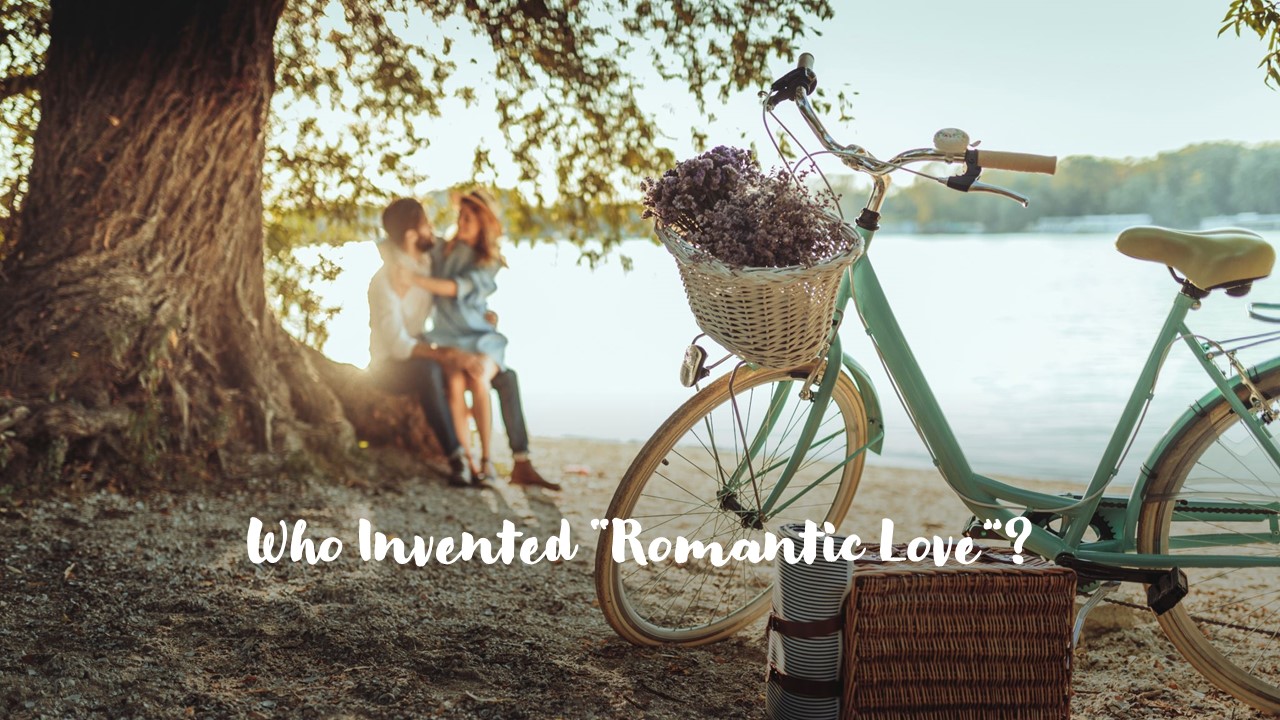A great variety of feelings, emotions, motivations, dispositions, traits, and values represent people’s experiences of love. Romantic love includes certain cultural ideas, beliefs, storylines, narrative schemes, and emotions. There are two realms in which romantic love exists: the realm of cultural ideas and the realm of individual realities.
Two Realms of Romantic Love
In the first case, the “ideas of love” are imaginary descriptions narrating “what love can be.” Writers, artists, and musicians use poetry, novels, and the fine arts to express creative narratives of stories, ideas, events, beliefs, and feelings of love.
In the second case, the “individual realities” are the experiences describing “what love is.” People describe love as their individual states, feelings, emotions, dispositions, traits, beliefs, and romantic behaviors.
The focus of this article is on the ideal models of love as they are presented in folk stories, novels, paintings, sculptures, and music portraying “what love can be.” They portrayed romantic love through cultural ideas, beliefs, stories, and depictions of the emotional lives of characters. For hundreds of years, oral folk stories and written novels have been the main ways that the educated elite in many cultures have come up with and spread these ideas about love (for a review, see Karandashev, 2017).
Did Europeans Invent “Romantic Love”?
Literary scholars, philosophers, and other thinkers previously believed that romantic love was a European invention with origins in “courtly love” in the 12th and 13th centuries. The presence and importance of love in European literature were enhanced during the Medieval and Early Modern periods. The ideas, stories, and descriptions of “romantic love” further developed in the following centuries.
Thus, it was once assumed that these European ideas of romantic love were disseminated in other cultures around the world. Recent studies, on the other hand, have shown that Arabic, Chinese, Indian, Japanese, and Persian societies all followed the same cultural patterns of literary evolution, mostly independently from each other.
Extensive research into the cultural histories of many different societies (Baumard, Huillery, Hyafil, et al., 2022; Jankowiak & Fischer, 1992; Karandashev, 2017) has shown that romantic love has existed in many different places and times.
Surprising Cross-Cultural Universality of Literary “Romantic Love”
A group of French and Spanish researchers recently completed a large-scale study that confirmed the cross-cultural universality of romantic love ideas. Nicolas Baumard, Elise Huillery, Alexandre Hyafil, and their colleagues did an amazing job of building an extensive database of ancient literary fiction from the Middle Bronze Age to the Early Modern period. They put together the literary data for 77 periods covering 3,800 years of human history and 19 geographical areas of the world (Baumard et al., 2022).
Baumard and his colleagues showed that romantic elements in Eurasian literary fiction have substantially expanded over the last millennium. They also found similar literary boosts earlier, in Classical India, Ancient Greece, and Ancient Rome. The researchers were also interested in learning what kinds of ecological, socioeconomic, and cultural factors play a role in such literary proliferation.
Romantic Love Is Interesting, but Largely for Those Who Are Wealthy Enough to Afford this Leisure
The authors found that higher incidences and a larger prevalence of love themes in narrative fiction strongly correlate with regional variations in economic development. The higher levels of economic development in these societies are associated with the increased abundance of romantic love literature in their cultures. The researchers were able to reconstruct the latent evolution of love. They also evaluated the roles of other facets of economic development and cultural diffusion.
Who and Where Invented “Romantic Love”?
The findings appear to show that romantic love emerged and evolved in various world cultures concurrently. And it happened in their early histories of economic development. Only relatively affluent people could afford to entertain themselves with the idea of romantic love. It is a luxury to contemplate romantic love. So, only men and women who don’t have to struggle every day for food, shelter, and survival could take advantage of such an opportunity.
